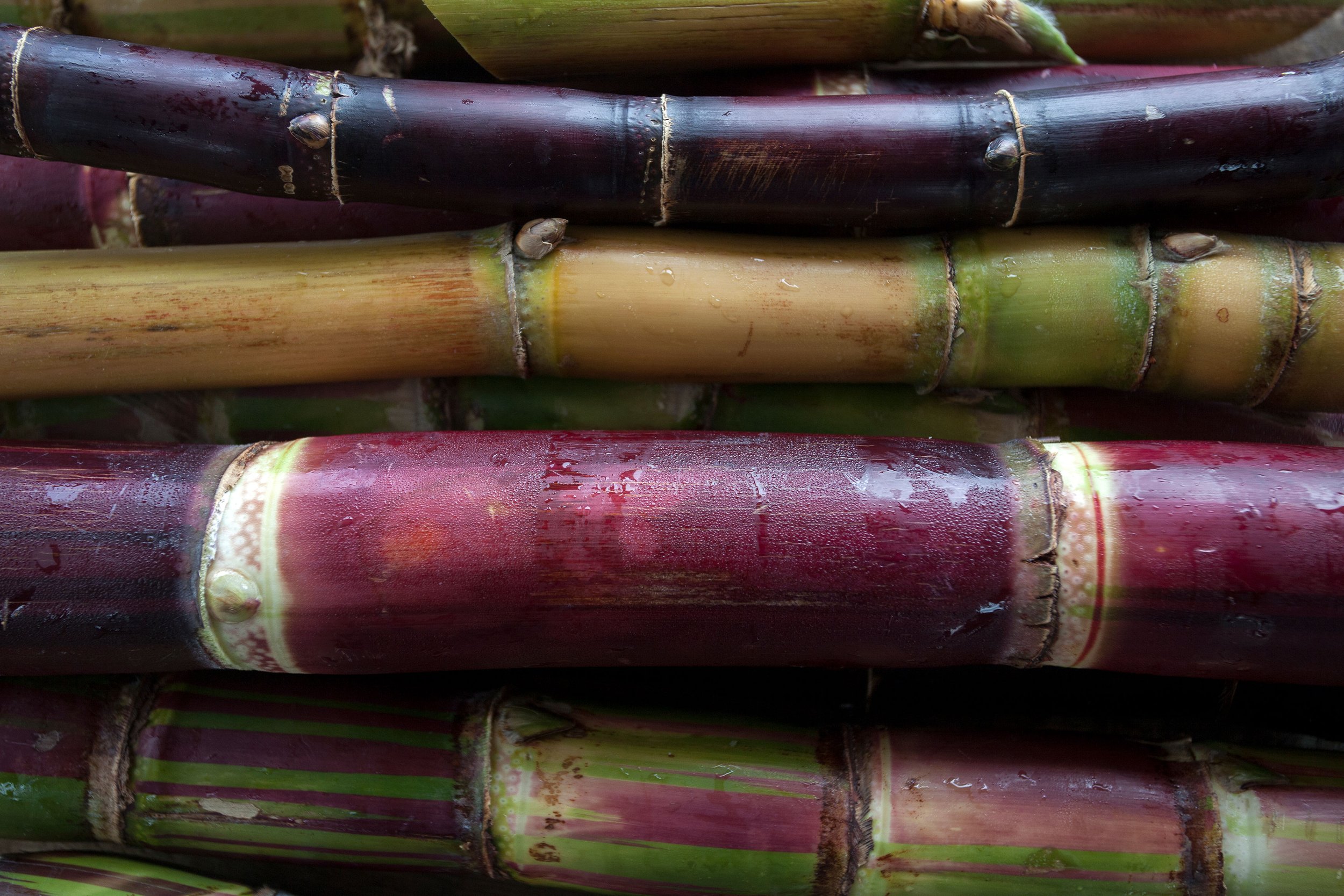
About Our Kō

NEARLY A THOUSAND YEARS AGO, THE FIRST POLYNESIANS SET SAIL FOR THE HAWAIIAN ISLANDS USING ONLY THE STARS FOR NAVIGATION.
Among the canoe plants they brought with them were select varieties of kō — sugarcane. These kō plants were the progenitors of the remaining heirloom varietals of native Hawaiian sugarcane in existence today.
Kō was used in daily living and was purposely planted around homes. In addition to its leaves, kō was valued for its ease of chewing and ample juice in the stalks. Its sweet juice was a key ingredient in many medicinal recipes. Kō was also used as an offering to the Gods and as a core component in many ceremonies.
In the ancient love ceremony, hana aloha, as documented by Aunty Mary Kawena Pukui, kō Manulele was one of three sugarcanes used to arouse a deep and everlasting love.
Every varietal of heirloom cane has a story and flavor profile of its own. At Kō Hana Distillers, our sincerest hope is to honor and celebrate the Kō we have the privilege of planting and growing.
Noa Kekuewa Lincoln
Author of Kō
Noa Kekuewa Lincoln is of Native Hawaiian descent. The Hawaiian cultural epistemology, which places the environment at the core of human well-being, has been the kuamoʻo of his personal and professional accomplishments. Noa received his PhD in Environment and Resources from Stanford University, where his work focused on traditional agricultural development pathways and management strategies. He has worked in marine and terrestrial ecosystem restoration and conservation around the Pacific and coupled those efforts with cultural and environmental education and community engagement. For many years, he worked on traditional Hawaiian ethnobotany and agriculture, most notably at the Bishop Museum’s Amy B.H. Greenwell Ethnobotanical Garden. He is currently assistant professor at the University of Hawaiʻi at Mānoa with a focus on Indigenous Crops and Cropping Systems and president and co-founder of Māla Kaluʻulu, a cooperative organization focused on restoring and researching traditional Hawaiian agroforestry systems.



